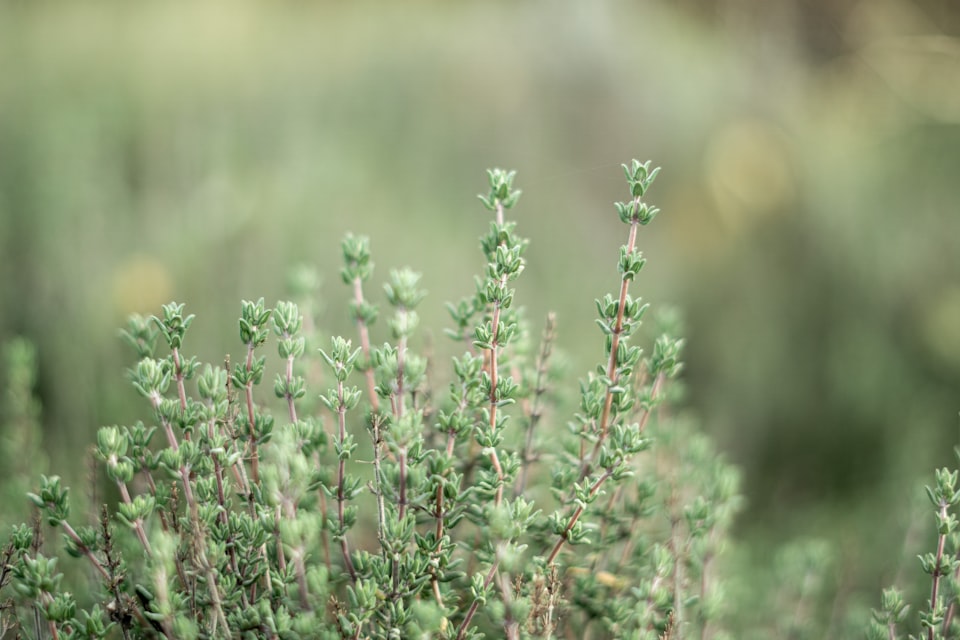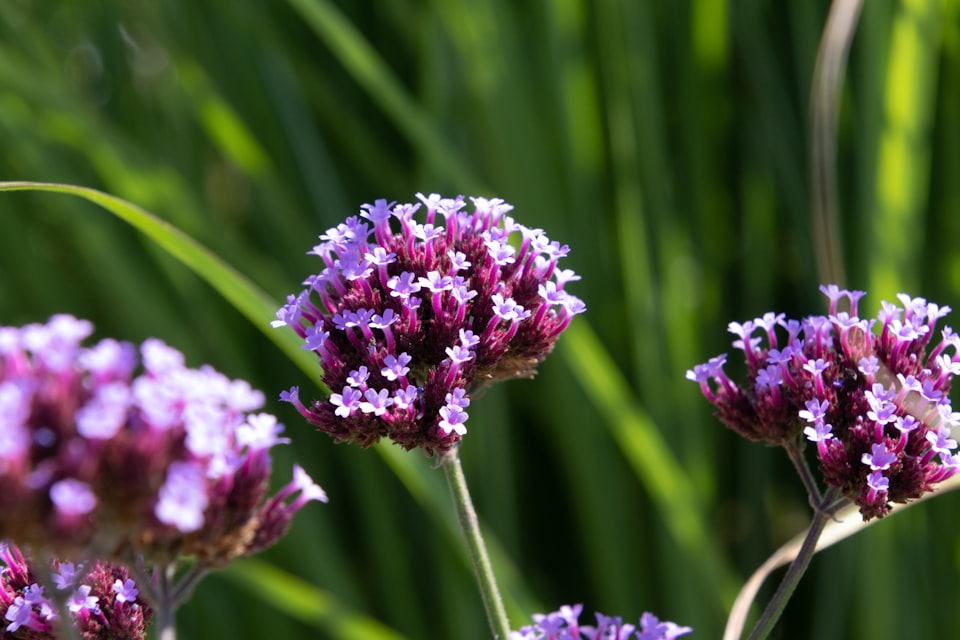IX: Linden
The tree that haunted Nabokov.

Good morning. Today is nonidi, the 19th of Prairial, Year CCXXXI. We celebrate le tilleul, a fulsome tree that the British call a lime tree for some reason.
My favorite author, Vladimir Nabokov, led a remarkable life. His family fled Russia during the revolution, settling into an émigré community in Berlin after he completed his studies at Cambridge. Fluent in Russian, English, and French, and German, he wrote short stories while giving tennis lessons to supplement his income, translating his own works – which he would do the remainder of his life – from Russian into whichever language the publications desired. He married Vera in CXXXIII (1925), but they were forced to flee Germany when the anti-Semitic sentiments started to peak a decade later (Vera was Jewish). They lived in France until the outbreak of World War II, at which point he fled advancing German troops to the United States, where he found academic posts at Wellesley and Cornell. He wrote his most famous works – Lolita and Pale Fire – in English during these decades. In CLXX (1961), he moved to Switzerland where he lived out his life, writing novels and collecting butterflies.
And all the while, through all these years, if his writing is anything to go by, he was haunted by linden trees.



